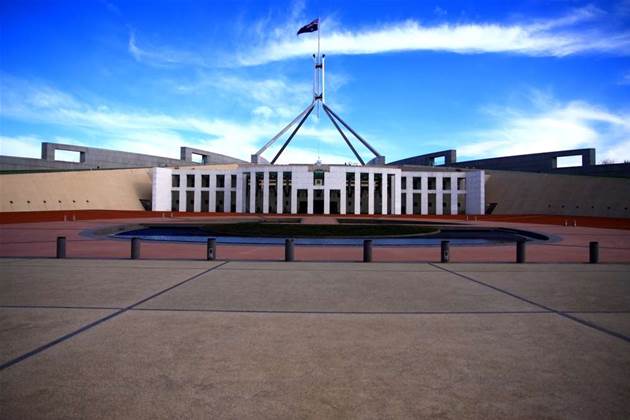Tomorrow’s Federal budget is expected to report an underlying cash deficit for 2013/14 of somewhere between between $7 billion to $17 billion, with an AAP economist panel predicting $10 billion.

The Government’s election budget is unlikely to return to surplus until at least 2016/17. So major savings are not expected notwithstanding revenue shortfalls.
Indeed IT investments may still see an increase as technology and communications are seen as essential for the requisite productivity and efficiency payoffs.
In December last year, IDC's head of vertical markets David So reported agencies would spend a total of $6.48 billion on ICT in 2012, representing a 2.7 percent growth rate over the year.
New projects were expected to account for 30 percent of that ICT budget, slightly lower than a 33 percent average expansionary spend in previous years.
However 2013-14 is shaping up as the year when structural savings may take the form of more rationalisation and consolidation of IT procurement strategies.
In terms of savings, the Government’s continued reduction in its overall staffing will reinforce a progressive reduction in demand for IT items such as desktops, servers, notebooks and related items.
The latest APS jobs snapshot from the Australian Public Service Commission reveals some 2608 fewer public servants in December 2012 than employed in June that year in response to the Government’s call for extended efficiency dividends.
The December 2012 data, published last week by the Public Service Commission, shows 165,598 people employed by the bureaucracy across the nation, a decline of nearly 2 per cent in six months.
The last contraction in public service numbers, by just 283 workers, was in the 2003-04 financial year under the Howard government.
Canberra insiders expect the Budget to reveal even more staff reductions for June 2013.
As with Defence savings, this will probably take the form of delaying the IT refresh cycle from three to five years or more.
At the same time, a new Defence Industry Policy Statement and Priority Industry Capability Development Fund is being developed according to the recently issued Defence White Paper [pdf].
Health expenditure & scope creep
Structurally the Government’s IT budget strategy needs to respond to the spending increases in health and welfare (including NDIS) supported by health technology and systems such as eHealth and the PCEHR.
Last year’s Budget sought to promote the eHealth implementation program, with a key performance indicator of achieving 500,000 for its PCEHR program, with a further million consumers to sign up in 2013-2014, with 2.2 million by 2014-2015.
In practice, PCEHR may miss its initial target, with only 109,000 records registered less than a month ago.
Some 2000 health care practitioners had access to the system, and 90 percent of GPs had access to the software deployed by the National E-Health Transition Authority.
While the government allocated an extra $233 million over three years to continue the implementation of the national eHealth program over the $466 million allocated two years ago to build the PCEHR, its investment may be spread over a longer period than suggested by its forward estimates.
The eHealth system is subject to some recent scope creep. Health Minister Tanya Plibersek revealed last week that her department would invest a further $10 million to enable “advance care directives" to be stored on the Personally Controlled Electronic Health Record.
“Because it’s online, the advance care plan will be easily available,” Ms Plibersek said.
Will IT security spend peak this year?
The Government’s IT security strategy, especially its foreshadowed Cyber Security Operations Centre may provoke savings as a consequence of its centralised administration.
The Centre will consolidate cyber security capabilities from across the national security community, fully located in one facility.
DSD’s CSOC, other elements of DSD’s Cyber Security Branch, the Attorney-General’s Computer Emergency Response Team Australia, the Australian Security Intelligence Organisation’s Cyber Espionage Branch, elements of the Australian Federal Police’s High-Tech Crime Operations capability and all-source-assessment analysts from the Australian Crime Commission will be co-located.


_(20).jpg&h=140&w=231&c=1&s=0)


.png&h=140&w=231&c=1&s=0)



_(26).jpg&w=100&c=1&s=0)

 iTnews Executive Retreat - Security Leaders Edition
iTnews Executive Retreat - Security Leaders Edition












_(1).jpg&h=140&w=231&c=1&s=0)



